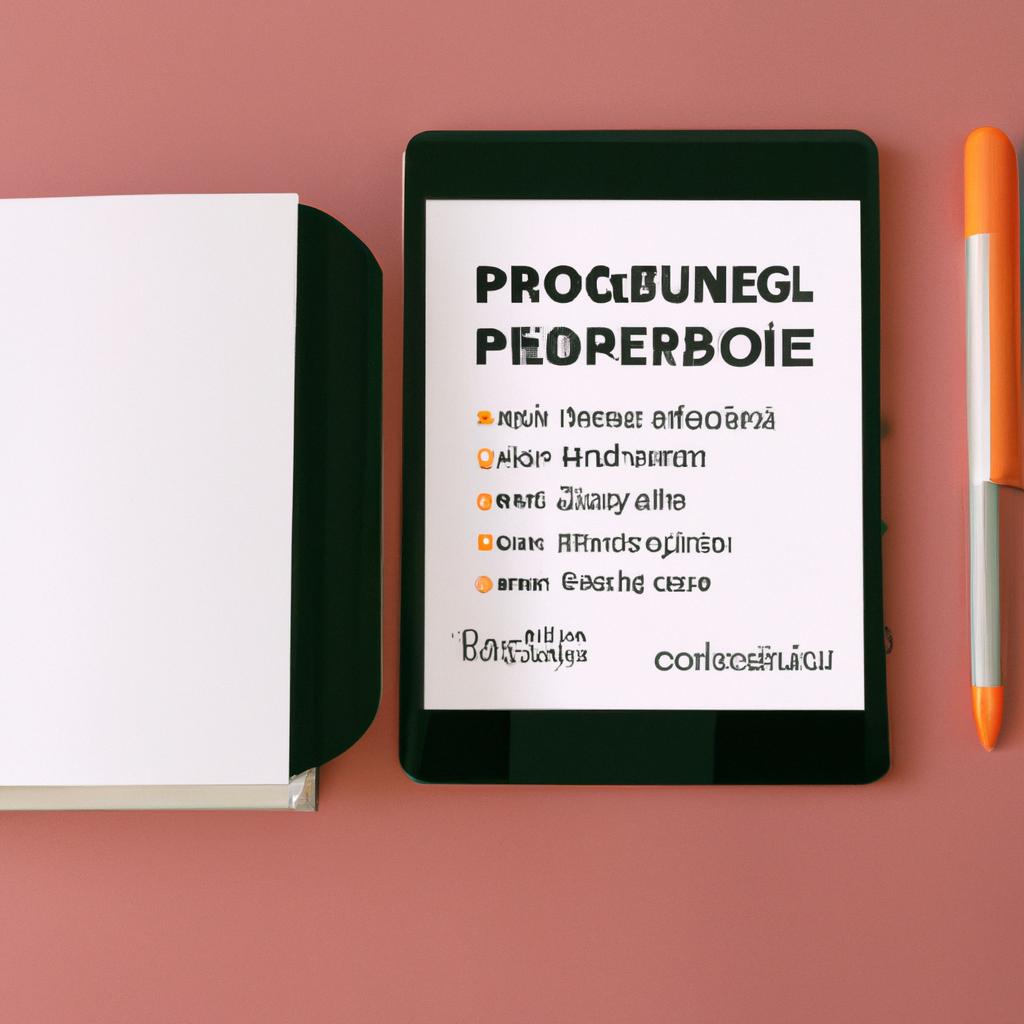In a world often defined by financial uncertainty and endless expenses, mastering your finances can feel like attempting to navigate a labyrinth. Each turn presents new challenges: unexpected bills, fluctuating incomes, and the temptation of instant gratification tugging at your wallet. But amidst the chaos lies a powerful tool that can bring clarity and control back into your financial life: a budget. Crafting a budget isn’t just about numbers and constraints; it’s about creating a roadmap that aligns with your goals and values. In this article, we will explore effective strategies for designing a budget that not only reflects your unique lifestyle but is also sustainable, empowering you to manage your finances with confidence and ease. Whether you’re saving for a dream vacation, paying off debt, or simply aiming to stretch your monthly income a little further, mastering the art of budgeting can transform your financial landscape and help you achieve the security and freedom you desire. Let’s embark on this journey together, paving the way to a brighter financial future.
Crafting a Realistic Budget That Aligns with Your Lifestyle
Creating a budget that truly reflects your daily life and spending habits is crucial for financial success. To start, consider **prioritizing your core expenses**; these are the bills that you absolutely must pay each month. Here’s a simple breakdown of the categories to include in your budgeting plan:
- Essentials: Rent, groceries, utilities
- Savings: Emergency fund, retirement accounts
- Debt Repayment: Loans, credit card payments
- Discretionary Spending: Dining out, entertainment, hobbies
Next, it’s wise to track your spending over a month to find patterns that can inform your budget. An effective method is to analyze past transactions for insight. Consider using a simple table like the one below to visualize your expenses:
| Expense Category | Monthly Amount |
|---|---|
| Essentials | $1,200 |
| Savings | $300 |
| Debt Repayment | $150 |
| Discretionary Spending | $250 |
With this information, adjust each category based on your lifestyle to create a budget that feels reliable yet allows for flexibly enjoying life. revisit and revise your budget regularly to ensure it continues to meet your needs amidst life’s changes.

Practical Strategies for Overcoming Common Budgeting Challenges
Embarking on a budgeting journey can feel overwhelming, but breaking down common hurdles into manageable strategies can be a game-changer. Consider adopting **the 50/30/20 rule**, which allocates 50% of your income to essentials, 30% to wants, and 20% to savings, ensuring a balanced approach. It’s also beneficial to create **realistic expense categories** that reflect your lifestyle, allowing for flexibility without straying from your goals. Regularly reviewing and adjusting your budget is essential—set aside time each month to reflect on spending patterns and make necessary tweaks. Additionally, embrace technology by utilizing **budgeting apps** that can help track expenses in real time, sending alerts when you’re nearing your limits. Here are some key strategies to keep in mind:
- Create a buffer: Set aside a small buffer fund for unexpected expenses.
- Automate savings: Automate transfers to savings to build a safety net effortlessly.
- Visualize your goals: Use charts or graphs to see your financial progress, which can motivate you to stay on track.
| Challenge | Practical Strategy |
|---|---|
| Impulse Buying | Create a 24-hour rule before making non-essential purchases. |
| Inconsistent Income | Estimate a conservative monthly income and base your budget on that. |
| Unexpected Expenses | Build a small emergency fund within your budget to cushion these costs. |
In Summary
As we conclude our journey through the intricate landscape of budgeting, we hope you’re now equipped with the tools and insights necessary to navigate your financial future with confidence. Crafting a budget that resonates with your lifestyle isn’t merely a restrictive endeavor; it’s an empowering practice that can unlock opportunities and foster financial freedom. Remember, the key lies in flexibility—adapt your budget as your goals and circumstances evolve.
Embrace the process as a dynamic partnership with your finances rather than a rigid commitment. Celebrate the small victories along the way, and don’t hesitate to reassess and refine your approach as needed. With patience and persistence, mastering your finances can transform from a daunting task into a gratifying journey. So step forward with clarity, intentionality, and a renewed sense of purpose, and watch as your financial landscape flourishes in the months ahead. Your budget is not just numbers on a page; it’s a roadmap to your dreams. Happy budgeting!










